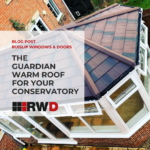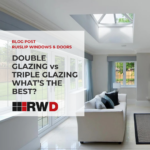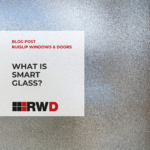Condensation 💧
For the glass and glazing industry, the transition from winter to spring and summer to autumn often sees an influx in customers asking why they are seeing external condensation on their windows, especially from those with higher performing, low-emissivity glazing. While some homeowners may see it as a nuisance, external condensation is a tell-tale sign […]




